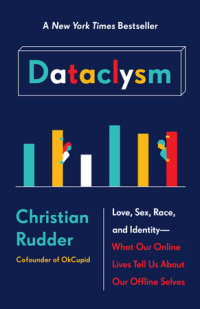 I hope your semester is off to a great start. Mine has been rocky, to say the least, but I had a bright moment last week when I went to Denver, CO to the 2016 TYFY Conference: Reaching New Heights: Collaboration, Engagement, Retention.
I hope your semester is off to a great start. Mine has been rocky, to say the least, but I had a bright moment last week when I went to Denver, CO to the 2016 TYFY Conference: Reaching New Heights: Collaboration, Engagement, Retention.Dr. Kay McClenney spoke to us at lunch on the first day. She made the case for Pathways explaining the need for organizational change. She described how Behavioral Economics and Decision Theory predicts poor performance when humans are given too many choices. Having too many choices creates a climate of indecision, procrastination, paralysis, and bad choices. I know you have been hearing this rhetoric at Yavapai College recently, and Dr. McClenney was actually sharing the science behind the Pathways movement.
Other scientific research that Dr.McClenney shared is from Cognitive Science. Students benefit when they have clear goals and a concrete sense of how to get there. She identified that scaling up is hard to do. Starting something new is easier than stopping what we've been doing in the past. Dr. McClenney emphasized that faculty engagement is NOT OPTIONAL. Faculty-driven cafeteria style programs must give way to student need. She also emphasized that the administration needs to address the predictable and understandable concerns of the faculty.
Dr. McClenney shared how students long for the message that they belong at our college. They need to connect with staff, faculty, and other students. How often do you have a student ask if s/he can really do the work for your class, for example? I have students every semester practically begging in one way or another to reinforce their fears that they don't belong long enough to drop out, or else begging that I challenge them to prove their ability to succeed. That is the life of an instructor who primarily teaches first semester students. Many if not most of them are insecure when they first arrive.
What is the most important service in Student Development? 93% of students rank their academic advisor as the most important person at the college. Advisors help them set goals, keep them coming back to see progress on their DegreeWorks path. Mandatory advising would be excellent, and yet 45% of students claim they had not seen an advisor prior to the end of first three weeks of class. Dr. McClenney recommended group advising sessions. These build a cohort of students She stated that 70-75% of advising could be done in a group setting.
Another area of interest to Dr. McClenney is Integrated Inescapable Support otherwise know of as Supplemental Instruction (SI). She says that students don't to optional. She highlighted the fact that males of color are too proud to receive tutoring. In their culture, many feel like they are inadequate if they ask for help. She said that instructors can make small group support teams mandatory. Discipline-specific study groups can be part of a grade and written into the syllabus.
In addition, Dr. McClenny spoke in favor of gatekeeper Math and English classes being paired with FYE classes. She said that students enrolled in FYE classes are significantly more likely to excel in gatekeeper math classes and English classes. Statistics show that more than 60% of community colleges offer FYE programs. Less than 30% of the students participate.
Start with the end in mind!
1. Clarify paths to students' end goals.
2. Help students choose and enter a pathway. To do so we need to accelerate remediation and get students into credit classes during the first year. 80% want to get a degree. 20% do.
3. Help stay on path with advising, Early Alert, and other student support tools.
4. Ensure students are learning at the program-level. (a) learning outcomes, (b) integrated digital and group projects, (c) quality technological tools and infrastructure, (d) strategically targeted professional development.















